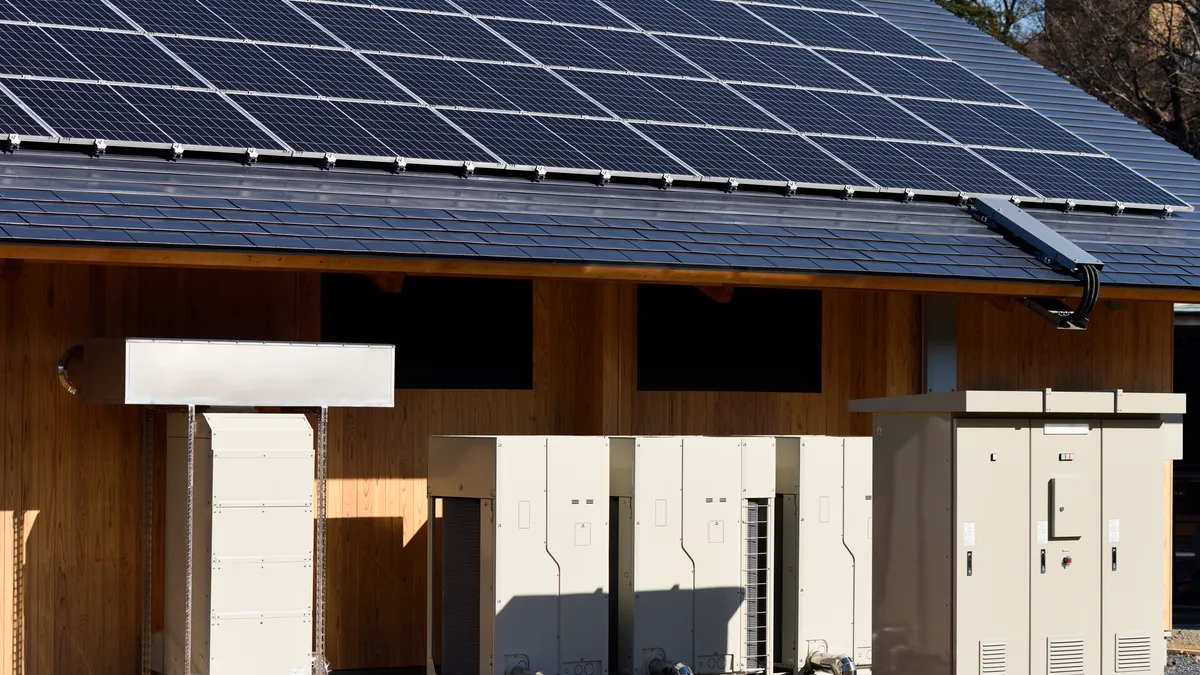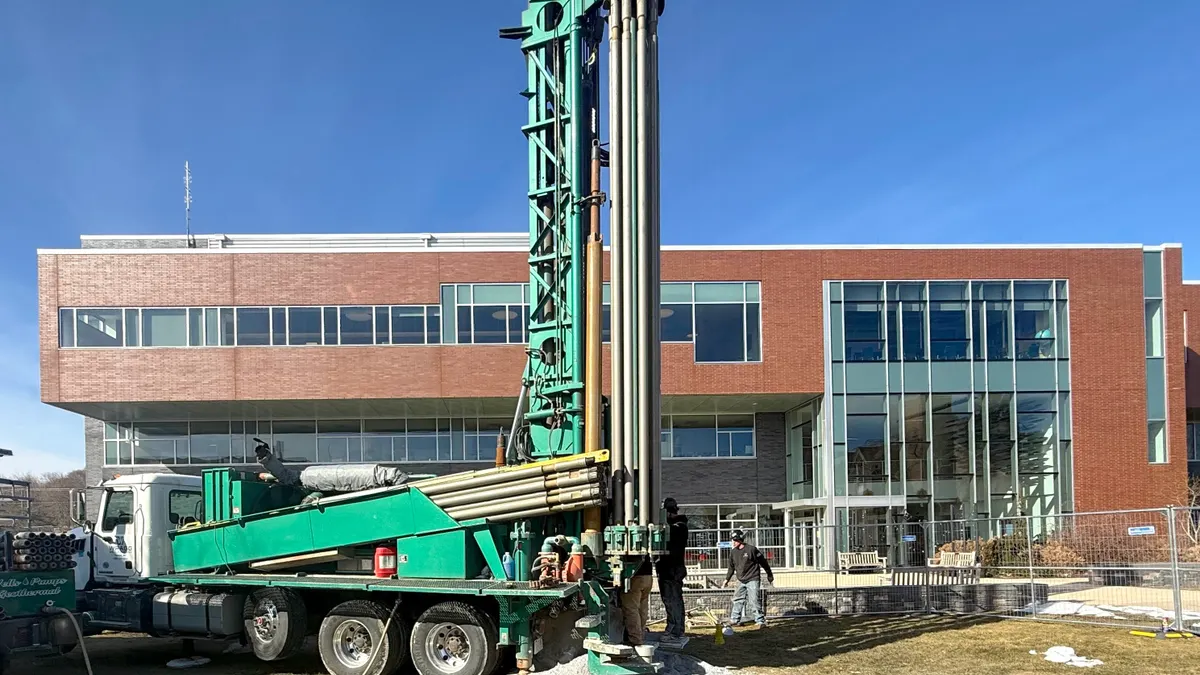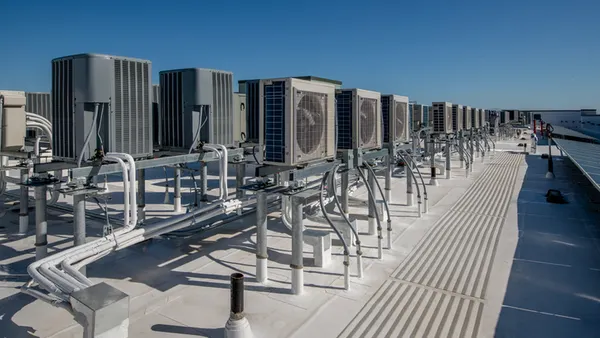Dive Brief:
- Budderfly has acquired a distributed energy resource management system from Sunverge Energy. It can use the technology to create virtual power plants capable of increasing resiliency and growing revenue streams for customers, the company announced Tuesday.
- The company plans to create a “first-of-its-kind end-to-end VPP” by procuring and installing flexible load technologies — including battery storage, behind-the-meter solar generation and EV charging infrastructure — at small- and mid-sized commercial facilities, it said in a release.
- Budderfly intends to enroll thousands of its customers’ sites over the next five years, the company said. CEO Al Subbloie anticipates implementing VPPs across 30% to 40% of Budderfly’s customer base in demand response programs, he said.
Dive Insight:
Budderfly’s core business model is providing energy as a service. It takes over customers’ utility bills, and provides an energy consumption discount of up to 5%, a company spokesperson said. This provides immediate savings to customers and gives Budderfly an incentive to improve energy efficiency at the customer sites. The company recovers its investment from the first 30% of energy savings achieved, with additional savings shared with customers, Budderfly said.
To achieve those savings and earn profit, the company provides customers with energy-saving technologies like more efficient HVAC systems and refrigeration equipment, LED lighting, sensors and controls, smart thermostats, solar panels and water-conserving fixtures at no cost, the company says.
The Sunverge Energy acquisition gives Budderfly the technology to aggregate distributed energy resources from across its customers’ sites and create virtual power plants, the company said in the release. These VPPs are capable of providing flexibility to the grid, increasing customers’ resiliency and creating new revenue streams, Budderfly said.
In addition to enrolling thousands of its customer sites into demand response programs in the next five years, Budderfly plans to onboard several utility customers in Arizona, Maryland, the Northeast and Pacific Northwest, it said in the release. While VPP pilot programs to date have largely consisted of residential facilities, utilities could benefit from the higher energy capacity and scale of Budderfly’s commercial locations, Subbloie said. “Imagine the amount of flex we can provide the grid” with larger-scale energy storage at commercial locations, he said.
Subbloie envisioned an economic model in which utilities pay Budderfly for flexibility via VPPs and energy curtailment. “When you add those two together, we can provide economic benefit to the customer every day,” he said.
“We could provide it as part of the demand response programs that are right on the shelf [now] as well,” he added. We could provide reliability and backup [for] four to 12 hours. If we curtail and do backup … we could last [through] an outage, right? So [customer sites] get a benefit, and then on top of that, we’ve got flex load that we can give the local utility,” Subbloie said, making the company a “demand-side virtual utility,” he said.
The company will first deploy Exro Technologies’ batteries but plans to work with additional system providers in the future, utilizing 125-kW to 150-kW commercial-scale batteries, Subbloie said.
In addition to its new venture into virtual power plants, Budderfly continues to expand its core energy-as-a-service model to new verticals, namely healthcare and fitness facility customers, Subbloie said. The company has also added almost 400 water accounts since launching water conservation technology in June. It has launched public sector pilot programs and its expansion across multisite restaurants has “been going gangbusters,” Subbloie said.
“We'll probably crack into hospitality at some point,” he said.
Correction: We have clarified language in this story about how Budderfly's business model operates. The company takes over customers’ utility bills and provides an energy consumption discount of up to 5%.











